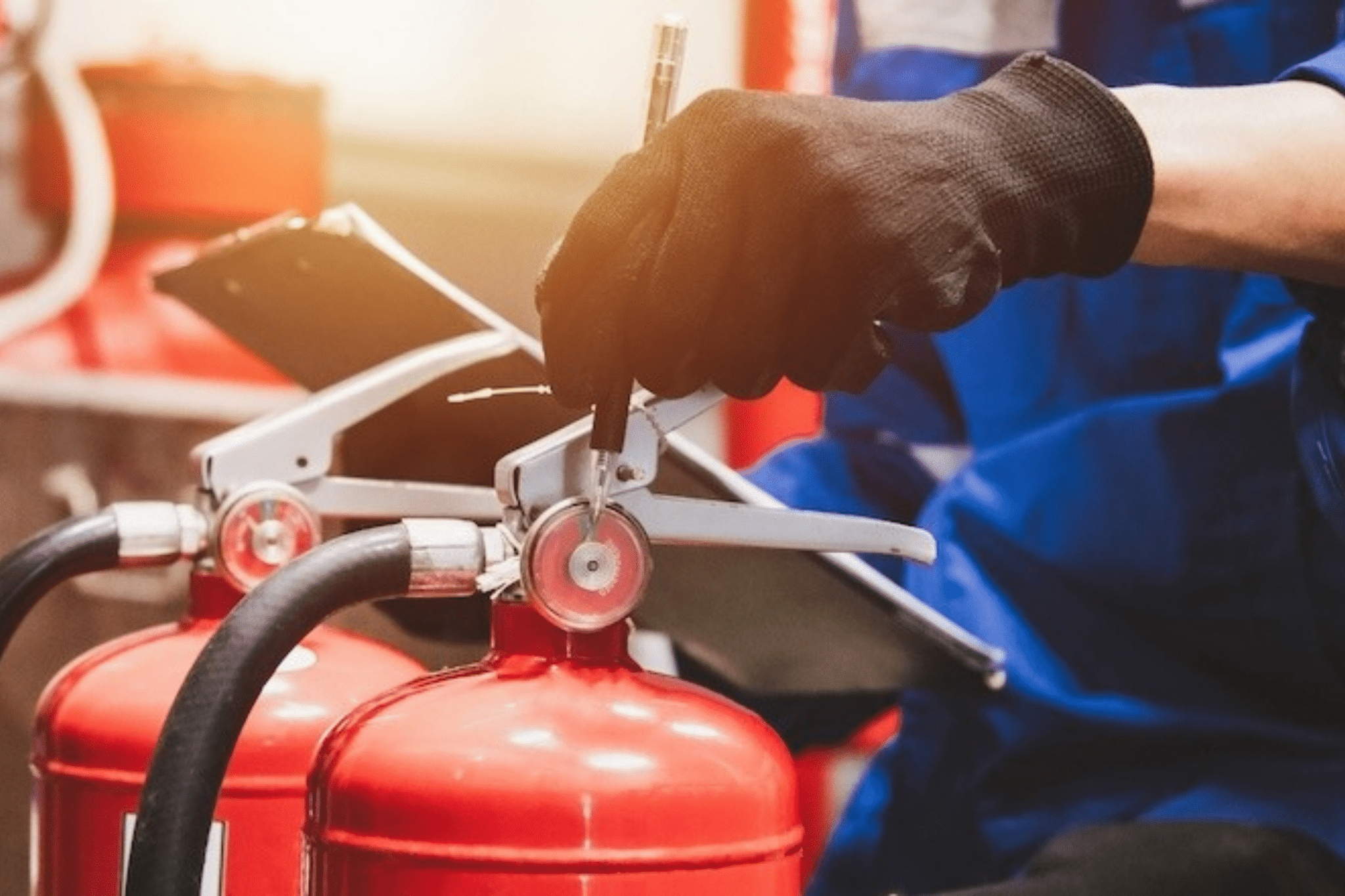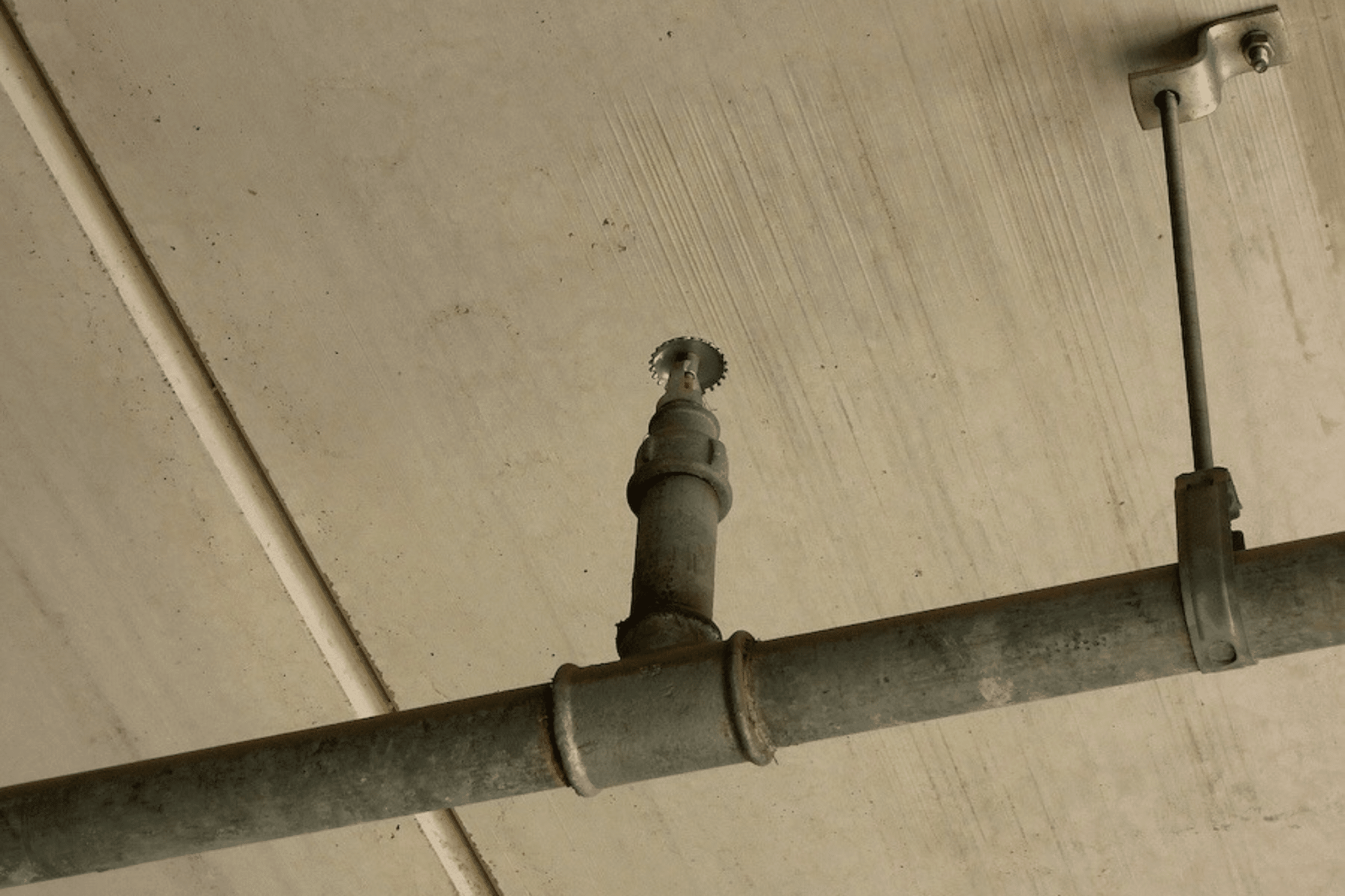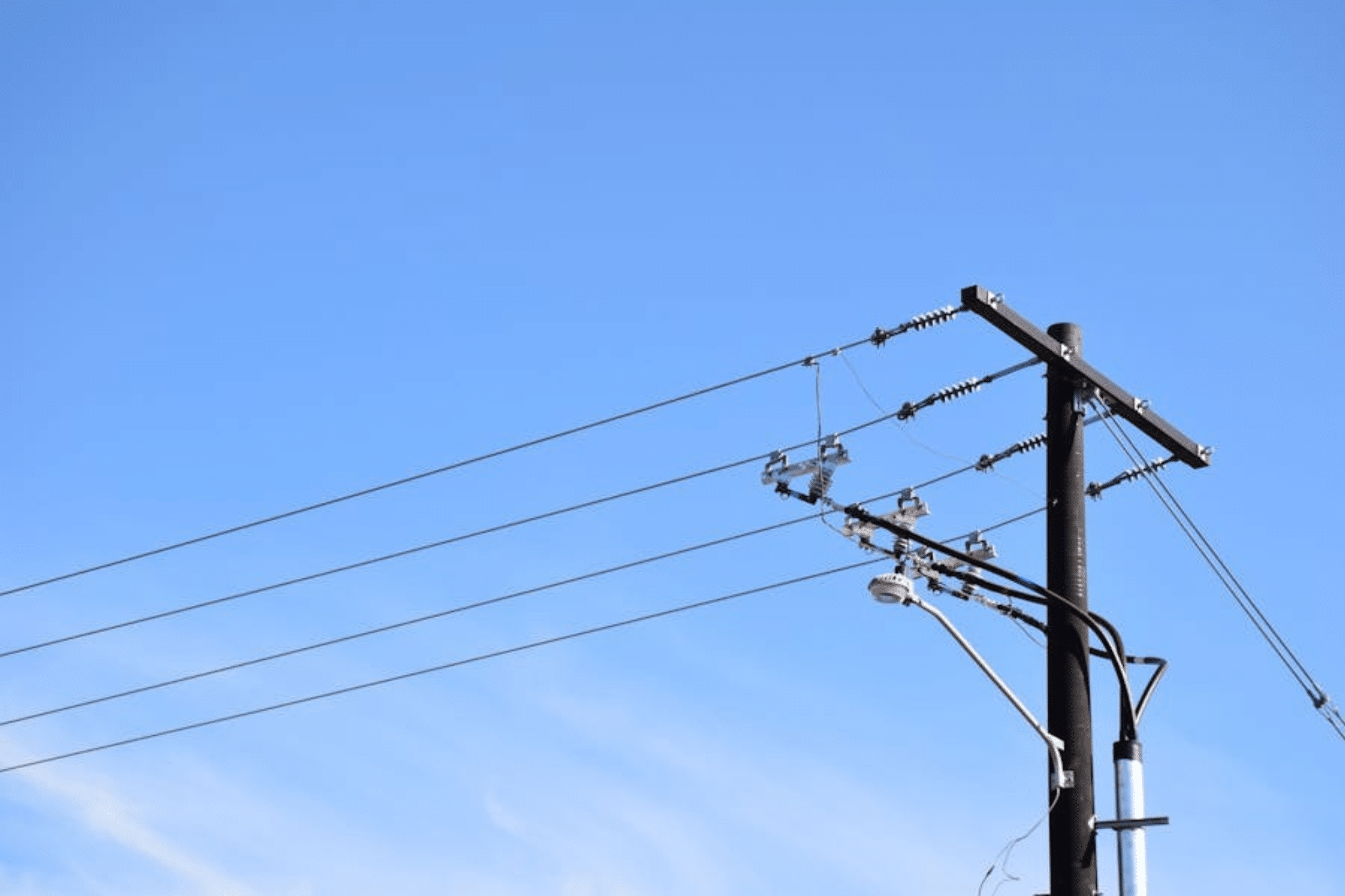Why FM-200 Is Being Phased Out—And How You Can Better Protect Your Data Center
FM-200 is a fire suppressant popularly used in data centers, telecom hubs, museums, and archives, due to its clean, waterless agent. Wherever water suppressant isn’t viable, FM-200’s residue-free makeup offers easy cleanup, making it safe for electronics and sensitive artifacts.
Yet despite these advantages, FM-200 is being phased out. It is no longer being manufactured, and refilling FM-200 systems is becoming increasingly difficult.
Why Is FM-200 Being Phased Out?
Manufacturers are retiring FM-200 due to environmental regulations and replacements by safer, more effective alternatives (such as Novec 1230). The American Innovation and Manufacturing (AIM) Act mandates the reduction of hydrofluorocarbons (HFCs), which are extremely potent greenhouse gases present in FM-200.
For context, FM-200’s atmospheric lifetime is 33 years. Its replacement, Novec 1230? Only five days. FM-200’s Global Warming Potential (GWP) is 3,500, while Novec 1230’s GWP is only 1.
Existing FM-200 systems can still be used—it’s not illegal to maintain your current suppressants. But new production is limited, and if your facility ever uses its FM-200, refilling may be difficult or impossible.
The Risk You Can’t Ignore: Downtime
If your data center uses an FM-200 system, it could lead to potentially weeks of downtime. After discharging FM-200, your system’s cylinders need to be refilled and repressurized. Shortages of FM-200 will lead to delays and logistical bottlenecks, and it could take several days or weeks to refill your cylinders.
Now is the time to retrofit your system with Novec 1230, a more environmentally sustainable and human-safe agent. If your business follows ESG practices, switching to Novec 1230 will demonstrably reduce your facility’s carbon footprint.
How to Retrofit Your System for Novec 1230
Unfortunately, switching to Novec 1230 isn’t as easy as swapping out the cylinders when you run out of FM-200. Novec 1230 is a heavier agent than FM-200 and is more difficult to extract from the system’s cylinders. During the retrofit process, you may need more or larger cylinders and larger pipework.
When you partner with a Sciens fire and life safety provider, we will do the following:
Evaluate Your Current System & Space
Because Novec 1230 may require larger or additional cylinders, nozzles, and pipes, we must be very careful when upgrading your system. Our qualified engineer will survey your existing FM-200 system, perform hydraulic calculations, and check the compatibility of your existing hardware with Novec 1230. We’ll provide a budget estimate to help you understand what to expect when upgrading.
We will also evaluate the room size to ensure there’s enough of the agent for the space, but not too much that it will be dangerous for people in the room. Novec 1230 has a much higher safety margin than FM-200, but it is still something we must consider, especially in smaller rooms.
Replace Hardware
Typically, we must replace FM-200 cylinders with new, prefilled Novec 1230 cylinders, although some anchor points may be repurposed. Discharge nozzles almost always need to be switched to match Novec 1230 flow requirements. Most pipework can be reused, but minor changes or recalibration may be required to safely deliver the new agent.
System Certification & Testing
After the retrofit is complete, we will test your system to ensure it’s running flawlessly before we depart. We also re-certify and commission the system according to current safety standards before resuming your service.
Don’t Wait Until It’s Too Late
Upgrading to a Novec 1230 system is far easier and more affordable when done before a system fails. If you wait until FM-200 runs out, you’ll be left without a recovery plan for weeks.
Find a Sciens provider in your area and contact us today for a consultation or site assessment.




